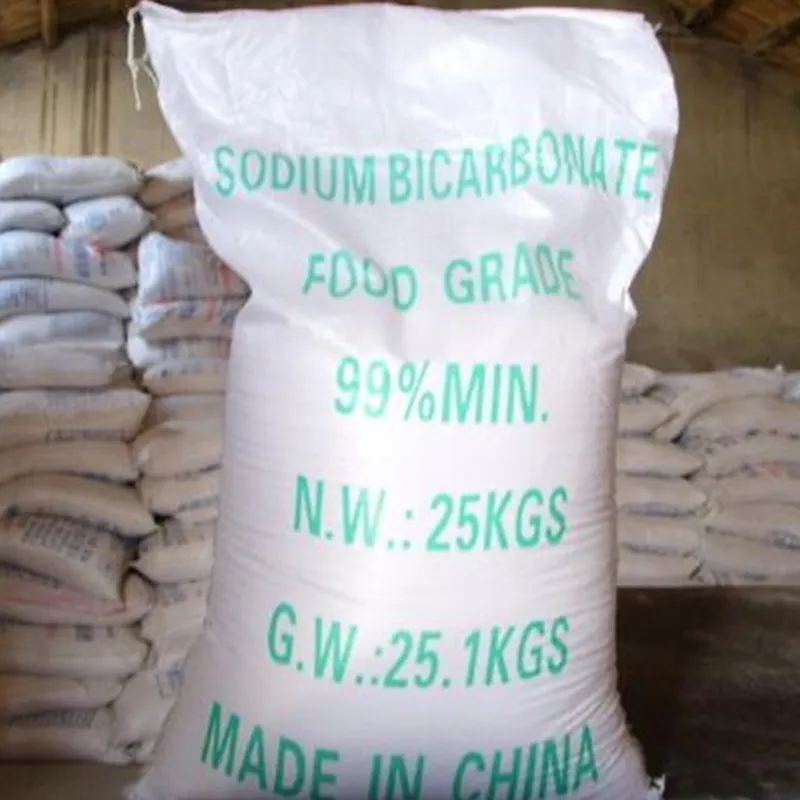
aspartame price
Aspartame Price Trends Insights and Factors Influencing the Market
Aspartame, a low-calorie artificial sweetener, has become a popular ingredient in various food and beverage products, particularly for those seeking to reduce sugar intake or manage weight. While its health effects have been the subject of debate, its widespread acceptance in the food industry has led to a dynamic pricing landscape, influenced by multiple factors. This article explores the current trends in aspartame pricing, the factors affecting its cost, and future projections.
Current Pricing Trends
As of 2023, the price of aspartame has shown significant fluctuations, driven by market demand and supply chain dynamics. Generally, aspartame prices have been relatively stable over the past few years, ranging between $2.50 to $4.50 per kilogram. However, recent geopolitical events, shifts in consumer preferences, and supply chain disruptions have introduced volatility. In nations where sugar taxes are being imposed, the demand for low-calorie sweeteners like aspartame is surging, leading to upward pressure on prices.
Factors Influencing Aspartame Prices
1. Raw Material Costs The production of aspartame requires key ingredients, primarily phenylalanine and aspartic acid. Any fluctuation in the costs of these raw materials directly impacts aspartame pricing. For instance, changes in agricultural yields or market conditions for these amino acids can lead to increased production costs.
2. Regulatory Changes Regulatory bodies across the globe, including the FDA and EFSA, maintain oversight over artificial sweeteners. Any new regulations or changes in safety assessments could affect market confidence and demand. For instance, if new studies emerge that question aspartame's safety, it could lead to decreased consumer trust, affecting prices negatively.
3. Consumer Trends The increasing trend towards clean labels and natural sweeteners has put pressure on synthetic sweeteners like aspartame. Brands are often opting for stevia and other natural alternatives, creating a potential decline in demand for aspartame. This has implications for pricing as a decrease in demand often leads to price reductions to stimulate sales.
aspartame price

4. Global Supply Chain Issues Since aspartame is produced in several regions, global supply chain challenges can impact pricing. For example, disruptions caused by events like the COVID-19 pandemic or geopolitical tensions can lead to increased transportation costs and delays, thus affecting the overall availability and price of aspartame.
5. Market Competition The artificial sweetener industry is competitive, with numerous alternatives available. Pricing strategies employed by major manufacturers can influence aspartame prices. Companies may opt for aggressive pricing to capture market share in response to increased competition from natural sweeteners.
Future Outlook
Looking ahead, the price of aspartame is expected to be influenced by several ongoing trends. The global health movement is likely to continue, driving demand for sweeteners perceived as healthier alternatives to sugar. If regulatory bodies uphold aspartame's safety, it could help stabilize demand. However, if natural alternatives gain more traction, we may see continued pricing pressure on aspartame as manufacturers adjust their offerings.
Moreover, advancements in production technology could potentially lower production costs, allowing for more competitive pricing. Innovation in the artificial sweetener market could lead to new products that may either complement or compete with existing offerings, further impacting pricing strategies.
Additionally, as global economies recover from pandemic-related impacts, a resurgence in consumer spending may boost demand across the food and beverage sectors, including for aspartame-laden products. This could, in turn, influence prices positively.
Conclusion
The price of aspartame is a reflection of a complex interplay of factors including raw material availability, regulatory landscape, consumer preferences, and market competition. As the food industry evolves, so too will the dynamics surrounding aspartame pricing. Stakeholders must stay informed about market trends and consumer behaviors to navigate this ever-shifting landscape effectively. For consumers aiming to make informed dietary choices, understanding these pricing dynamics can help in selecting products that align with their health goals. As we look to the future, it will be essential to monitor these trends to grasp the full picture of aspartame’s role in our diets and its corresponding pricing trends.
-
Pure Sodium Dichloroisocyanurate Dihydrate | Powerful DisinfectantNewsAug.29,2025
-
Industrial Chemicals: Quality & Purity for Every IndustryNewsAug.28,2025
-
Nitrile Rubber Honoring Strict Production StandardsNewsAug.22,2025
-
Aspartame Ingredients Honoring Food Safety ValuesNewsAug.22,2025
-
Fertilizer for Balanced Plant NutritionNewsAug.22,2025
-
Cyanide Gold Processing with High Purity AdditivesNewsAug.22,2025
-
Formic Acid in Textile Dyeing ApplicationsNewsAug.22,2025
Hebei Tenger Chemical Technology Co., Ltd. focuses on the chemical industry and is committed to the export service of chemical raw materials.
-

view more DiethanolisopropanolamineIn the ever-growing field of chemical solutions, diethanolisopropanolamine (DEIPA) stands out as a versatile and important compound. Due to its unique chemical structure and properties, DEIPA is of interest to various industries including construction, personal care, and agriculture. -

view more TriisopropanolamineTriisopropanolamine (TIPA) alkanol amine substance, is a kind of alcohol amine compound with amino and alcohol hydroxyl, and because of its molecules contains both amino and hydroxyl. -

view more Tetramethyl Thiuram DisulfideTetramethyl thiuram disulfide, also known as TMTD, is a white to light-yellow powder with a distinct sulfur-like odor. It is soluble in organic solvents such as benzene, acetone, and ethyl acetate, making it highly versatile for use in different formulations. TMTD is known for its excellent vulcanization acceleration properties, which makes it a key ingredient in the production of rubber products. Additionally, it acts as an effective fungicide and bactericide, making it valuable in agricultural applications. Its high purity and stability ensure consistent performance, making it a preferred choice for manufacturers across various industries.





